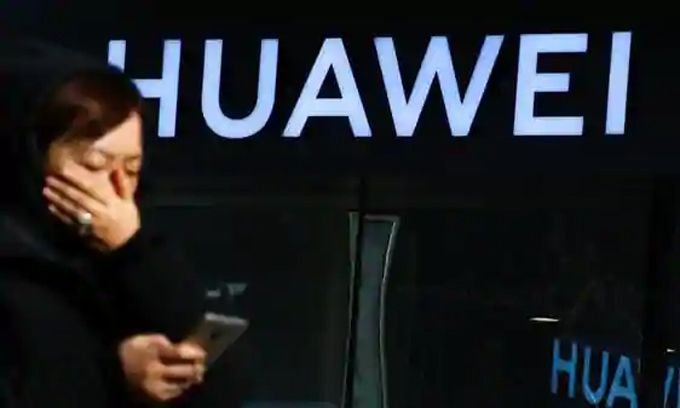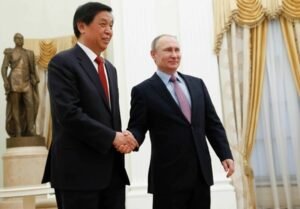
What would Huawei do if there were no more chips? 3
Richard Yu, CEO of Huawei’s consumer electronics segment, admitted that from next month, they will not be able to produce their Kirin chip line due to the US ban.
`Unfortunately, with the second round of US sanctions, our chip manufacturing partners only accept orders until May 15 and the production process of these orders will end on September 15,` he said.
The high-end Huawei Mate 40 phone model, expected to launch in September, may be the last smartphone to integrate the Kirin chip.
H
Two years ago, Mr. Yu announced: `In 2019, we will get close to the top position. At least a year later, in 2020, we have a chance to reach number one.`
However, analysts believe that this position will soon collapse because 70% of the company’s sales in the last quarter were sold in China, while the international market decreased by 27% over the same period last year.
More seriously, after last year’s ban, in mid-May, Huawei continued to suffer further pain from Washington.
Huawei founded HiSilicon 16 years ago with the goal of researching and developing smart processors, including the Kirin line for high-end smartphones.
`We are in a difficult situation. Huawei has spent more than 10 years developing chips. This is a big loss for us,` Mr. Yu added.
`Huawei’s smartphone sales may decline sharply in the near future without the Kirin chip,` said Greg Austin, an expert at Singapore’s International Institute for Strategic Studies.
`The majority of Huawei’s smartphones sold in China are high-end models. The shortage of Kirin, the integrated chip line on high-end versions, will seriously affect the company’s revenue and profits,` Jusy Hong,
Huawei is still using MediaTek chips for mid-range and low-cost phone models.
Besides, self-developing chips is Huawei’s top strategy to help them stand firm in the smartphone and other hardware device market.
Chau An (according to SCMP)





